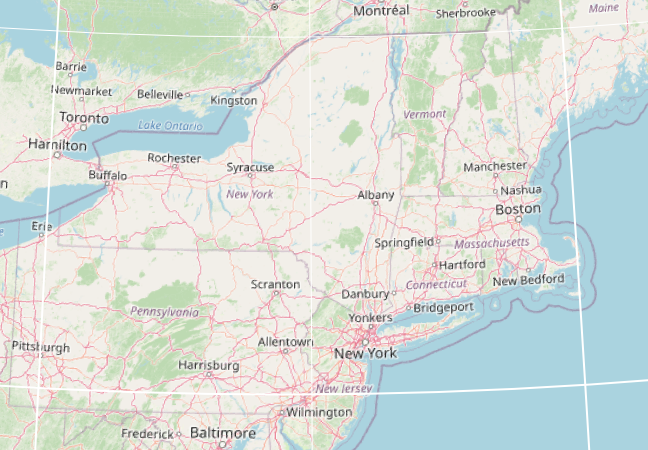There's been talk on the Fedi about why online maps like OSM and Google use the Mercator projection, and I think it needs a bit of clarification. (Do NOT snitch tag.)
Online maps are mostly used at small scales, of a district or a city. At these scales, the earth is approximately flat, so users expect a map that is conformal, one that preserves angles and shapes.
Online maps are continuously zoomable from continents down to your house. They usually aren't rendered on your browser straight from vectors, but are batch-rendered offline into square tile images. If you're on a slowish Internet connection, you can see them loading individually.
As you zoom an online map, tiles get replaced with higher-resolution ones, and as you scroll, tiles get filled in to fill the gaps. You could theoretically scroll and zoom forever, so the map needs to not have a magically special reference latitude or longitude. These constrains mean that the map needs to be equatorial, so that no point gets special treatment, and cylindrical, so that meridians are vertical and lines of latitude are horizontal.
And which is the map projection that is all of equatorial, cylindrical and conformal? Mercator!
